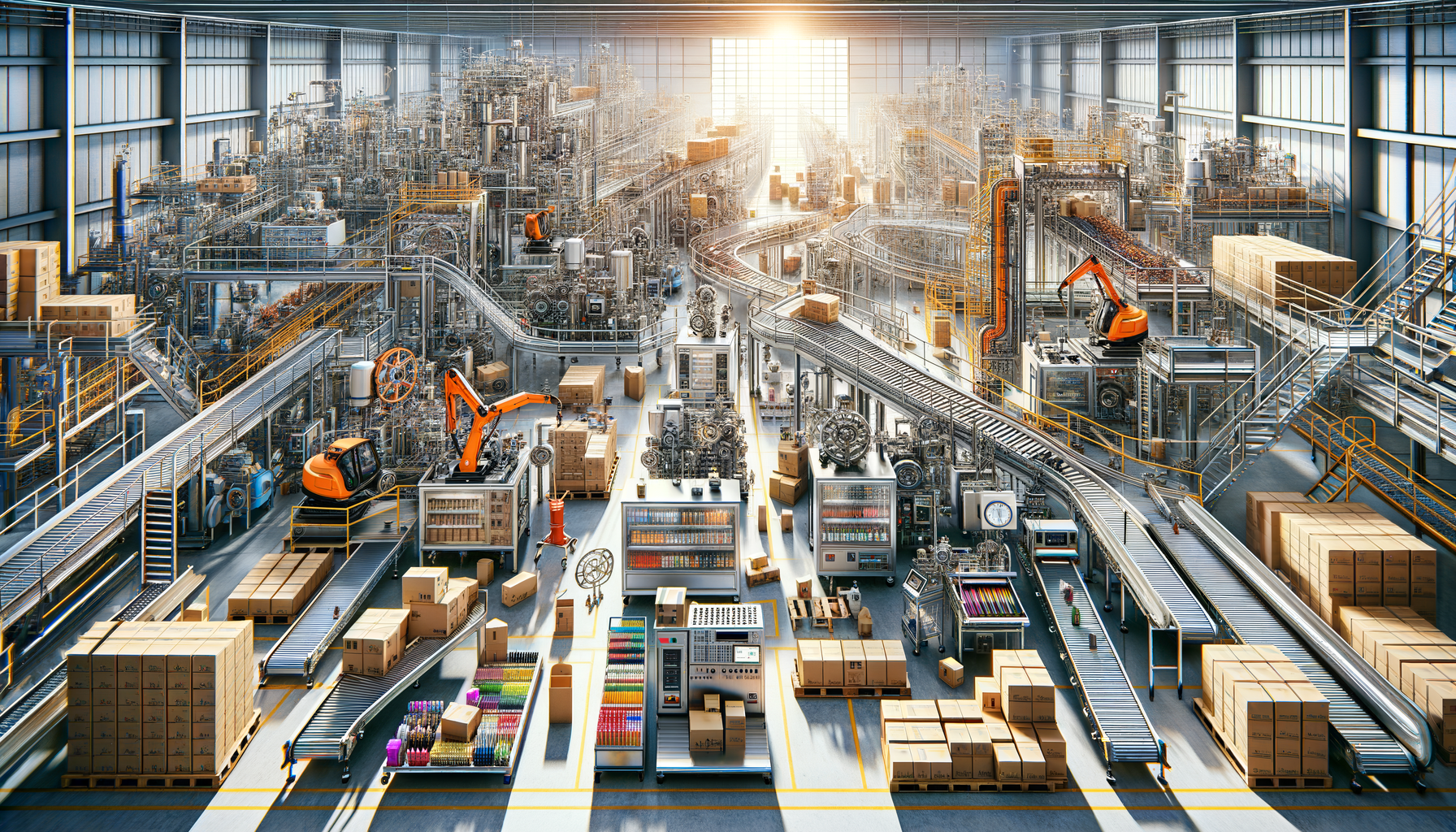Introduction to the Packaging World
The packaging industry is a dynamic and multifaceted field that plays a crucial role in the global economy. It is not just about wrapping products; it’s about creating an experience, ensuring safety, and promoting sustainability. As consumer expectations evolve, so does the packaging industry, adapting to new trends and technologies. This article explores the various aspects of the packaging world, from materials and design to sustainability and technology, providing insights into how this industry shapes the products we use every day.
Materials and Innovations
The choice of materials is fundamental in the packaging industry, impacting not only the cost but also the environmental footprint and functionality of the packaging. Traditionally, materials like plastic, glass, and metal have dominated the scene. However, innovations in biodegradable and recyclable materials are gaining traction as companies strive to meet sustainability goals.
For instance, biodegradable plastics made from plant-based materials are becoming more common. These materials break down more quickly and have less impact on the environment compared to traditional plastics. Additionally, innovations in smart packaging, which includes features such as temperature indicators and freshness sensors, are enhancing the consumer experience by providing real-time information about the product’s condition.
Key innovations in packaging materials include:
- Biodegradable plastics
- Recyclable materials
- Smart packaging technologies
- Lightweight composites
These advancements not only help in reducing environmental impact but also in improving the functionality and appeal of packaging, making it a crucial area of focus for companies worldwide.
Design and Consumer Experience
The design of packaging is more than just aesthetics; it is about creating a connection with the consumer. A well-designed package can enhance the user experience, convey brand values, and even influence purchasing decisions. The use of color, typography, and imagery plays a vital role in how a product is perceived.
In recent years, there has been a shift towards minimalistic and eco-friendly designs, reflecting a growing consumer preference for sustainability. Packaging that is easy to open, resealable, and convenient to use is highly valued by consumers. Furthermore, the rise of e-commerce has led to a demand for packaging that not only protects the product during transit but also offers a memorable unboxing experience.
Effective packaging design considers:
- Brand identity and messaging
- User convenience and functionality
- Sustainability and recyclability
- Impact on consumer purchasing decisions
By focusing on these elements, companies can create packaging that resonates with consumers and enhances their overall experience with the product.
Sustainability in Packaging
Sustainability is a critical concern in the packaging industry, with increasing pressure from consumers and regulators to reduce environmental impact. The shift towards sustainable packaging involves using materials that are recyclable, biodegradable, or made from renewable resources.
Many companies are adopting circular economy principles, where packaging is designed to be reused or recycled, minimizing waste. This approach not only benefits the environment but can also improve brand reputation and consumer loyalty. Additionally, sustainable packaging can lead to cost savings through the use of lightweight materials and efficient design.
Strategies for sustainable packaging include:
- Reducing material usage
- Using recyclable and biodegradable materials
- Implementing reusable packaging solutions
- Designing for a circular economy
By prioritizing sustainability, the packaging industry can contribute to a healthier planet while meeting the demands of environmentally conscious consumers.
Technology and Future Trends
Technology is revolutionizing the packaging industry, introducing new possibilities for innovation and efficiency. From automation in production processes to the integration of smart technologies, the future of packaging is being shaped by technological advancements.
Automation and robotics are streamlining operations, reducing labor costs, and improving precision in packaging production. Meanwhile, smart packaging technologies, such as QR codes and NFC tags, are enhancing consumer engagement by providing additional information and interactive experiences.
Emerging trends in packaging technology include:
- Automation and robotics in production
- Smart packaging with interactive features
- 3D printing for customized packaging solutions
- Augmented reality experiences
As technology continues to evolve, the packaging industry will likely see further integration of digital solutions, making packaging more interactive, efficient, and sustainable.
Conclusion: The Future of Packaging
The packaging industry is at the forefront of innovation, constantly adapting to meet the needs of consumers and the environment. With advancements in materials, design, sustainability, and technology, the future of packaging promises to be more efficient and eco-friendly. Companies that embrace these changes and focus on delivering value through their packaging will be well-positioned to succeed in an increasingly competitive market. As consumers continue to prioritize sustainability and convenience, the packaging industry will play a pivotal role in shaping the products and experiences of tomorrow.




Leave a Reply